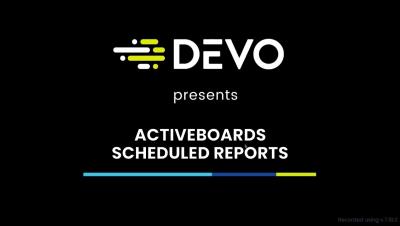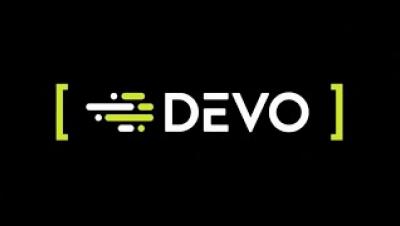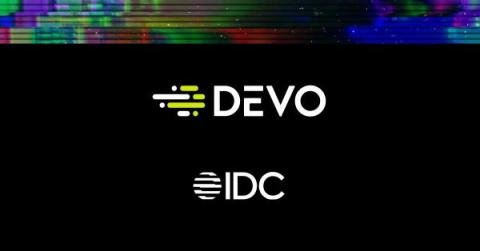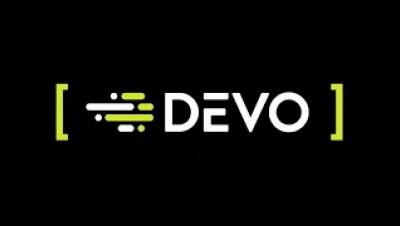SIEM Tools: Which Vendors Should Be on Your List?
Whether your organization is ready to deploy its first security information and event management (SIEM) solution or you’re looking to upgrade to a modern, next-gen SIEM, the number and types of tools available in the market can be overwhelming. This post will help you choose the right vendor and best SIEM tools for your business needs. SIEM tools have been available for about 15 years, but like most technologies, there has been a great deal of evolution and innovation over that time.







